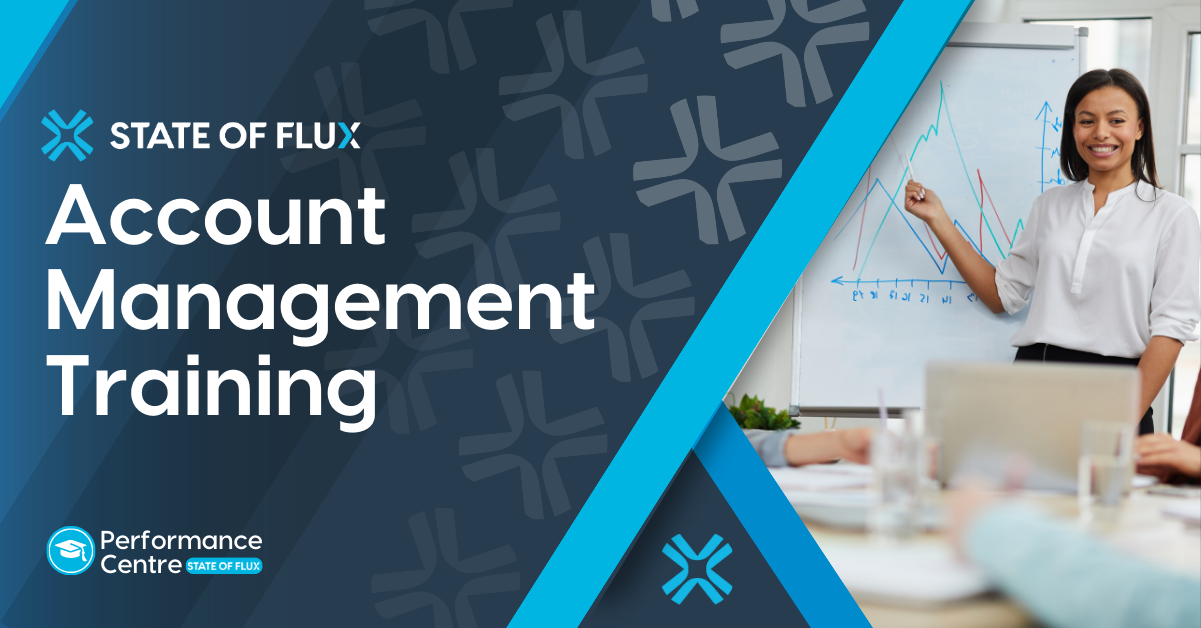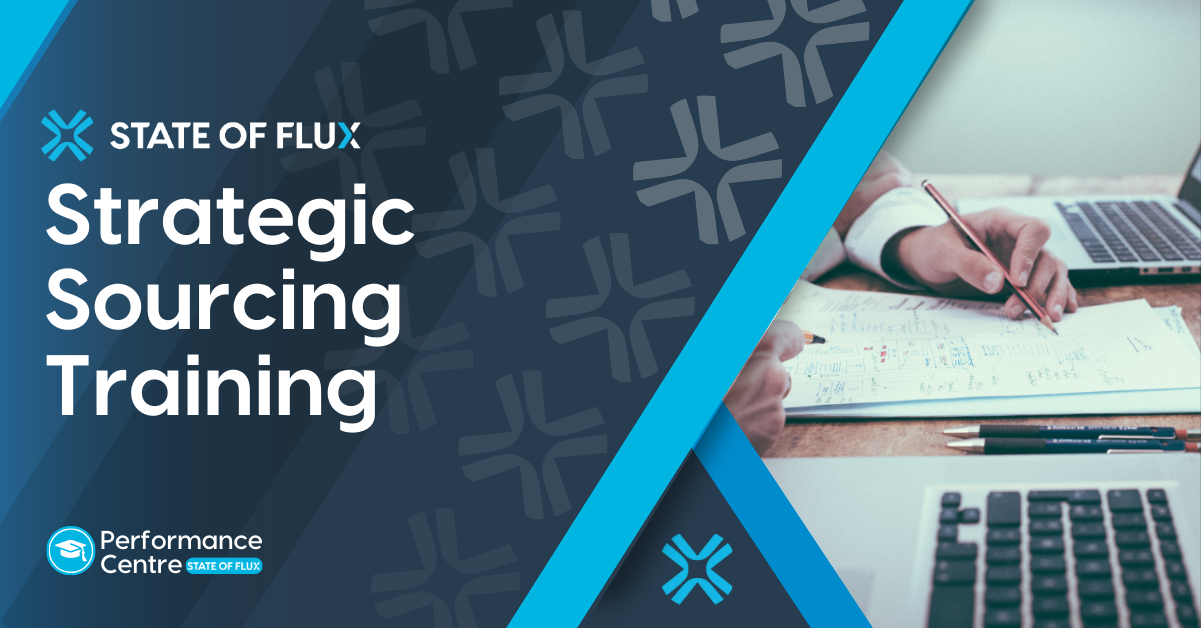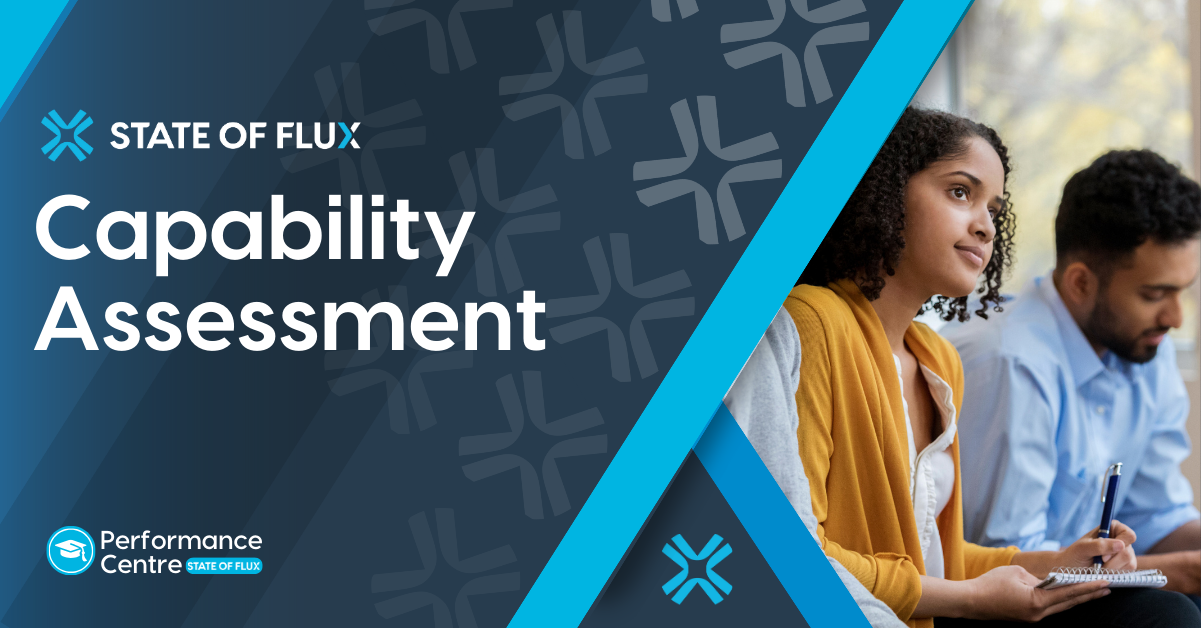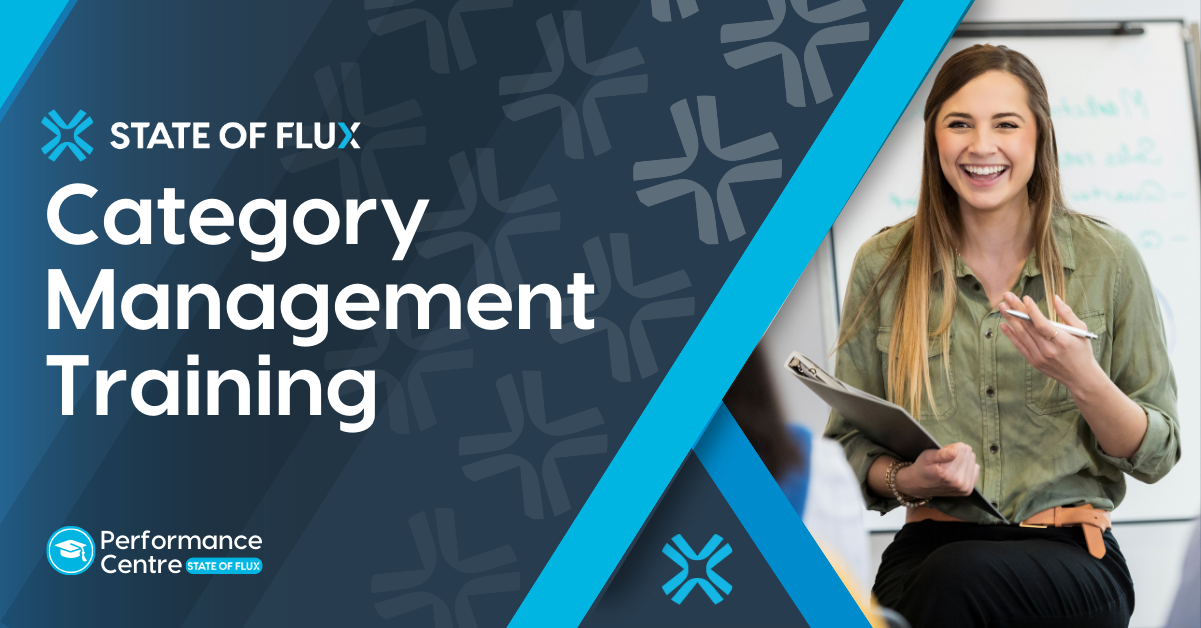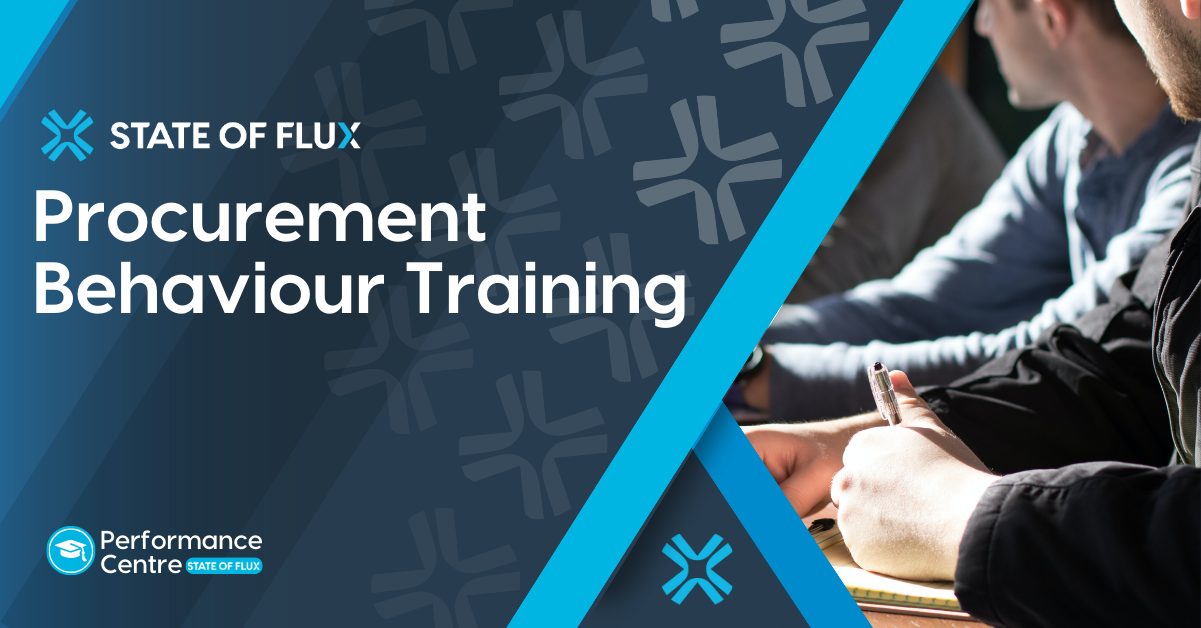Learn how to work collaboratively with suppliers to jointly analyse and mitigate risks
Overview
Have you identified how your suppliers create vulnerable points in your supply chain? If so, how sure are you that the supply chain is robust and that you will not be one of the increasing number of organisations that suffer a serious interruption?
While you may outsource parts of your supply chain, you cannot outsource the risk to your business.
Format: 4 online modules over 6, 60-min sessions.
Public training course cost (excluding tax):
| North America | US$ 1,400 |
| EMEA | £1,120 |
| Asia Pacific | AUD$ 2,050 |
Cost is per person, including one-to-one coaching & materials.

Register your interest for a 'Supply Chain Risk' course:
Course Content
Develop an analysis of your own supplier centric supply chain risks and build this into a risk action plan.
Aimed at supplier managers who are responsible for oversight and management of the risks that key suppliers introduce to the supply chain, this intermediate/advanced level training course addresses the following themes, and illustrated in the diagram above:
- Supply chain objectives and Supplier SLAs and KPIs
- Identifying barriers and risks to supplier delivery
- Inherent and engagement risk: Impact and probability.
- Risk control and mitigation strategies.
- Residual risk: Impact and probability.
- Risk acceptability.
- Risk action plans: Monitoring, reporting and testing controls.
The training is structured and delivered as a series of 6 modules, as follows:
Module 1: Risk in the supplier management context.
Module 2: Identifying risks (and risk drivers) in the supply chain.
Module 3: Anatomy of the risk management process.
Module 4: Supplier risk quantification.
Module 5: Control and mitigation (and action planning).
Module 6: Bringing it all together.
Learning Objectives
The course will enable you to:
- Map critical supply chain elements, risk drivers and vulnerabilities. Benefits and issues of outsourcing from a risk perspective.
- Assess risks, quantify the impact and set tolerances.
- Lower the likelihood of a risk event occurring and reduce the impact if it does.
- Understand and revisit acceptability in terms of appetite, tolerance, context of business continuity and regulatory factors (where appropriate).
- Add risk management into the relationship strategy context. Clarify responsibilities and contractual liabilities.
During this training, we encourage course participants to use a live supplier as their case study. Step-by-step as
the training progresses, each delegate will build a risk action plan for a key supplier that incorporates a risk
impact and probability calibration, risk assessment and stakeholder engagement plan that works with three
fundamental levels of risk, define and document key risk indicators and build a risk management checklist.
How is it delivered?
Training is delivered through three key activities to ensure students are engaged and applying their learnings:
Workshop: Instructor-led 90-minute session in an interactive and engaging format (virtually or in-person).
Assignments: Students apply the module’s content to the job by completing a set of assignments, which takes 1–2 hours to complete. Ideally, This on-the-job activity should focus on a live supplier relationship to make the training relevant and bring its value to life.
Coaching: Throughout the assignment period, students get access to the course leader for 1:1 coaching support (30 minutes for each course module) to build on their understanding and ensure effective implementation.
What you will get?
All course attendees will receive a complete suite of support resources – templates and reference material – to ensure a consistent approach to SRM is embedded into your organisation.
The reference manual is designed to accompany the training and provide the visuals and a complete set of notes so that the student has a complete record of the material taught.
Additionally, a workbook that comprises a comprehensive set of templates is completed by each participant as they progress through the training. Exercise by exercise, this builds into a complete supplier risk action plan.

Leading global bank chooses State of Flux as a training partner
Training enhances stakeholder engagement and adds value to leading global banks.
Operating in a complex and regulated environment, our client focuses on increasing value and managing risk in its supply chains through investing in SRM training.
Specialised Training and Development Offerings
